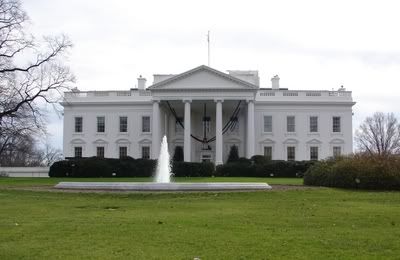Again, I don't see how all these banks will make it. I know the notion is to keep pumping the mantra, to big to fail, but the public is not feeling that right now. They don't care and the feeling is good riddance to greedy rubbish anyway. The AIG outrage is the tipping point for many people out here. Case and point, I call my niece a freshman in college, she is busy with her studies and only know what she needs to know about current events. My niece even knew about AIG and said, "Obama needs to get that money back from those bonuses." Her world is about keeping her scholarship, working and studying, so for her to comment that people in her dorm are talking about the AIG fiasco says something. It states folks are not in the weeds or clouds, they are paying attention to what is going on. So, here comes these banks, especially the big ones. Some will fall, it will happen. Time for hard choices for the Obama Administration.
Foreclosures and bad loans raced through the banking industry in 2008, with the more than 8,000 U.S. banks registering a 149 percent increase in troubled assets, according to a new analysis of bank financial reports to the federal government.
While a large majority of banks were still healthy, 163 ended the year with more troubled loans than capital, up from only 13 a year earlier, according to the analysis of data from the Federal Deposit Insurance Corp. by msnbc.com and the Investigative Reporting Workshop at American University in Washington, D.C.
Nationwide, seven out of every 10 banks had less capital to cover potential loan losses than a year earlier. The analysis relies on information reported quarterly to the FDIC, calculating each bank's troubled asset ratio, which compares troubled loans against the bank's ability to withstand losses.
Although attention has focused on the largest banks, which hold the lion's share of deposits, the analysis shows how widespread the problems in the banking industry became in 2008 as the mortgage meltdown and broader recession unfolded. Msnbc.com is publishing information on the nation's 400 largest banks as well as all banks with high ratios of troubled loans at year’s end. And the American University group has created a new Web site, BankTracker, to provide information on the financial health of every bank in the country.
Source
Home Page














